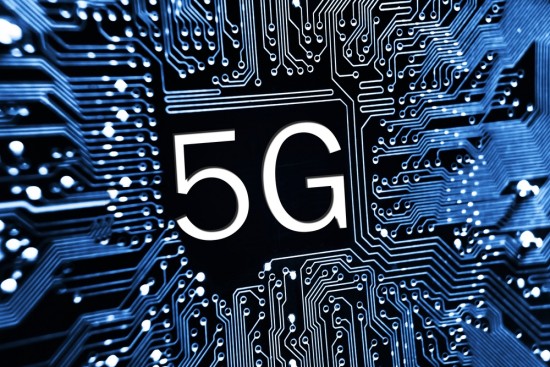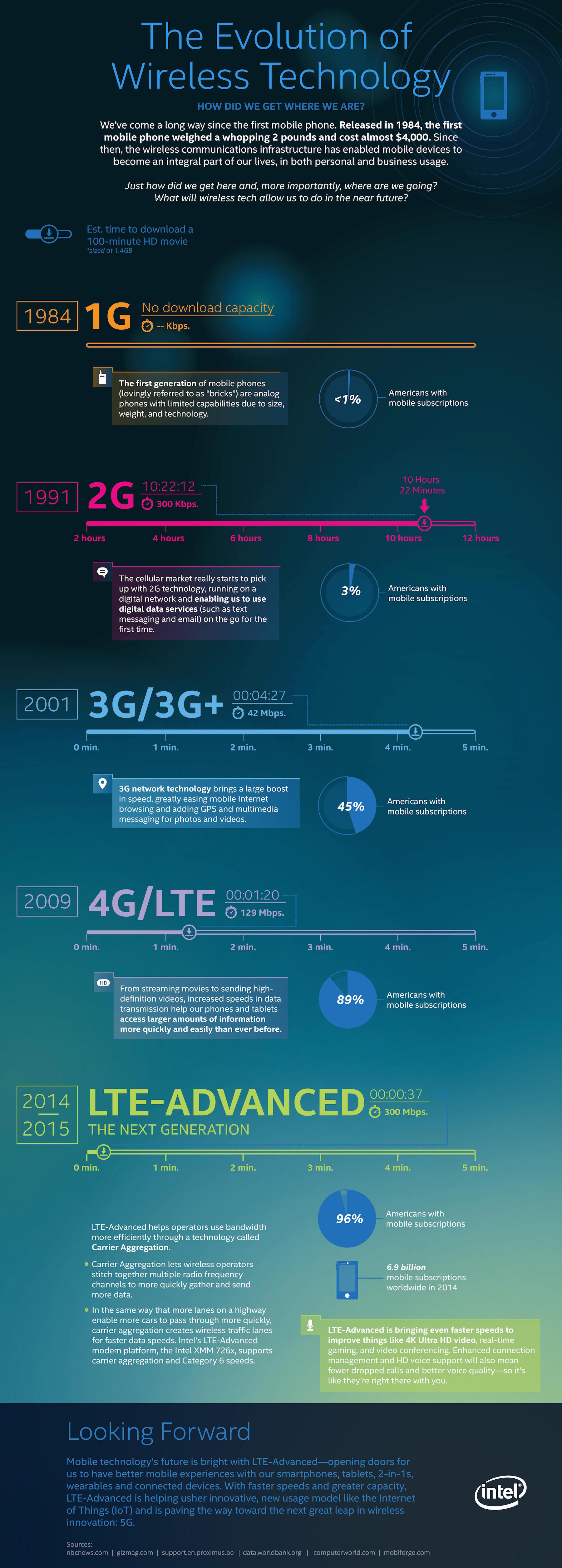The hottest topic at Mobile World Congress 2015 will connect billions of people and things to the internet and one another without wires.
While much of the world is connecting their personal devices to fast data sharing 4G mobile networks, industry pioneers are shaping next generation networks to feed the world’s increasing appetite for the internet.
5G networks aren’t expected to roll out broadly until 2020, but according to analyst firm CCS Insight, 5G will be one of the hottest topics at this year’s Mobile World Congress in Barcelona. That’s because talk is significantly shifting beyond smart pipe dreams into a do-anything-anywhere-from-any-device reality.
From our partners:
In a nutshell, 5G networks will provide more data bandwidth and less latency due to built-in computing intelligence aimed at handling more data more efficiently than today’s 4G networks. By combining communications and computing technologies, 5G networks will leverage more benefits of Moore’s Law, according to Asha Keddy, vice president in Intel’s Communication and Devices Group and general manager of the company’s Standards and Advanced Technology team.
“3G networks were designed for voice while 4G was designed for more complex human interaction with voice and data,” she told iQ just ahead of attending Mobile World Congress for the fifth consecutive year.
Smartphones were a new thing that drove big demand for 3G and then 4G. Just how it was tough to foresee that smartphones would create such a demand on networks, it’s unclear exactly what will be the big, new impact on future 5G networks. What is known is that 5G networks will need to handle lots of complexity to satisfy all of those smartphones, home appliances, personal drones, robots and driverless cars that will need to connect to the internet wirelessly five years from now.
By 2020, 5G networks will need to handle mobile computing and communications needs of people but also more than 200 billion devices and machines around the world. Smart city sensors, transportation, industrial automation systems and other Internet of Things alone could account for 30.1 billion installed connected things, according to International Data Corporation.
Keddy describes 5G as the first network designed to be scalable, versatile and energy efficient for the hyper-connected world.
“Existing wireless networks were never designed with smart door knobs or home refrigerators [that to connect to the internet] in mind,” said Keddy.
And they weren’t designed for many of the new experiences people will want from wireless networks when using smartphones, tablets and laptops.
Keddy points out how many sporting events are using more high-definition cameras than ever, giving spectators a multitude of perspectives on a game.
“Imagine getting video streams of a volleyball match or another sporting event then switching between the two from wherever you are using your mobile device. Today, 4G networks only let you view one at a time. 5G networks might allow you to watch both. Or if the game was covered using multiple cameras, you could get 360-degree perspective then zoom into what you really want to see.”
Once these kinds of things are possible, Keddy said people will find them irresistible because they will allow personalized experiences.
“You and I could watch the same game but get totally different perspectives,” she said. “It will be all about personalization and getting to choose the angles you want to take on the game.”
Competition for defining 5G is reaching a fever pitch, as strong interest from all geographies intensifies. Keddy remembered when Japanese government said they’d be ready to demonstrate 5G in time for the 2020 Summer Olympics. South Korea responded that they would show trials in 2018 if not by late 2017.
Keddy believes most geographies want to be at the head of the pack when 5G is rolls out.
“You can imagine that some of the early trials will happen around big events like a soccer, something that brings together a lot of people.”
By the time 5G rolls around in 2020, more data will be transmitted wirelessly than ever before. Up to now wireless networks were licensed, so Keddy said that 5G is being designed to provide shared (for a period of time), free (Wi-Fi) and licensed spectrum in order to handle ever increasing demand.
Ultimately, 5G networks will be faster with less latency for most devices. However, for devices that don’t have much computer processing capabilities — a wearable device with a screen, for example — that could connect wirelessly to another device or cloud service that can processes data or media, which then can be sent back to the wearable for viewing.
Keddy said that there will be more bandwidth but also smarter ways of using it that will decrease latency and increase energy efficiency of the network and our personal devices. This makes measurements like energy efficiency, spectrum performance, reliability and cost crucial for 5G.
“Bits per second was a standard way of measuring network performance, but 5G will encompass much more,” Keddy wrote in an article that appeared in Wired Insights last fall. Instead, she’d like 5G to measure more completely by looking at bits per joule, bits per Hertz, bits per square meter of coverage and bits per dollar.
5G could be the hottest topic at Mobile World Congress, but Keddy is paying close attention to the evolution of 4G LTE, which she said is really just kicking into full gear as it becomes more broadly available around the world and embedded in more devices.
“We expect to see new 4G tech addressing new frequencies and interface designs,” she said, referring to LTE’s improving ability to interact with personal devices as well as autonomous machines.
Keddy see a new era for wireless emerging, one where computer processing and communications technologies are combing at the core, edge and access points of wireless networks as well as devices.
In the next five years, riding on a 5G network could feel more like compute power and information are following you around. Wearables, smartphones, tablets and other devices with sensors that are location and context aware will be working together with apps and services to bring digitally augmented experiences to real life.
This feature is adopted from iQ




















